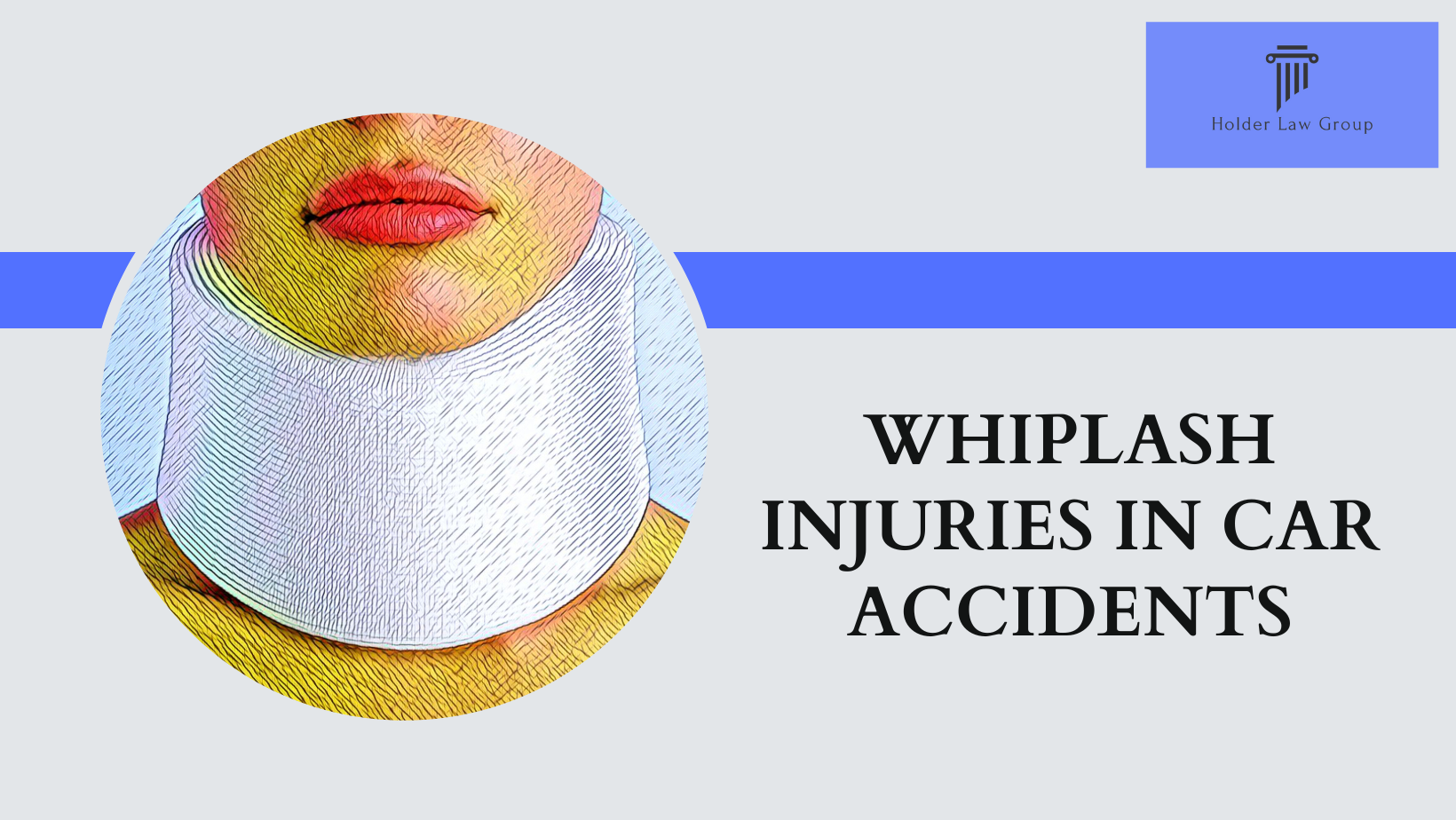
We have heard the story before. A
car accident happens and there is little damage to either of the vehicles. What's more, after the accident, the driver of the car that was not at-fault declines to go to the emergency room because her or she feels okay at the time. Then, days, weeks, or even months later, the accident victim begins to develop headaches, soreness, and pain. It is called a soft tissue injury and it happens every day across Central Illinois and Champaign County.
WHIPLASH INJURIES
Whiplash injuries can be serious injuries that are frequently caused when an automobile is struck from behind. Whiplash is a neck injury that can occur during rear-end automobile collisions, when your head suddenly moves backward and then forward. These extreme motions push your neck muscles and ligaments beyond their normal range of motion.
Common Misconception About Whiplash Injury
A common misconception about whiplash injury is that if the vehicle does not sustain damage in a low speed impact, then whiplash injury to the occupant does not occur.
In reality, low impact collisions can produce correspondingly higher dynamic loading on the occupants because the lack of crushing metal to absorb the forces results in a greater force applied to items or occupants within the vehicle
Whiplash is an injury to the cervical region of the spine when a great force causes the neck to go beyond its normal range of motion. The spinal vertebrae, ligaments, and muscles may be injured by this force, causing neck pain, headaches, neck stiffness, and/or cognitive difficulties such as dizziness or trouble concentrating. These symptoms may appear immediately or after a few days.
Cognitive and higher center dysfunction. In some instances, whiplash may affect the patient's mental functioning, possibly leading to difficulties concentrating, as just one example.
Faulty movement patterns. It is believed that the nervous system may change the way in which it controls the coordinated function of muscles as a result of a barrage of intense pain signals from the whiplash injury.
Chronic pain. While often resulting in minor muscle sprains and strains that heal with time, more severe whiplash injuries may produce neck pain and other symptoms that are persistent and long-lasting (chronic).
Disc herniation. A whiplash accident may injure the discs between the vertebrae, lead to small tears and cause the inner core of the disc to extrude through its outer core. If the disc's inner core comes in contact with and irritates a nearby spinal nerve root, a herniated disc occurs, with symptoms possibly including sharp, shooting pain down the arm and even neurological symptoms like numbness, tingling and muscle weakness.
Joint dysfunction. As a result of the whiplash, one of the joints in the spine or limbs may lose its normal resiliency and shock absorption (referred to as the joint play), possibly leading to restricted range of movement and pain.